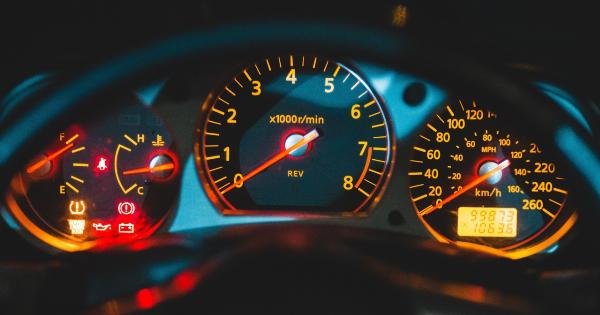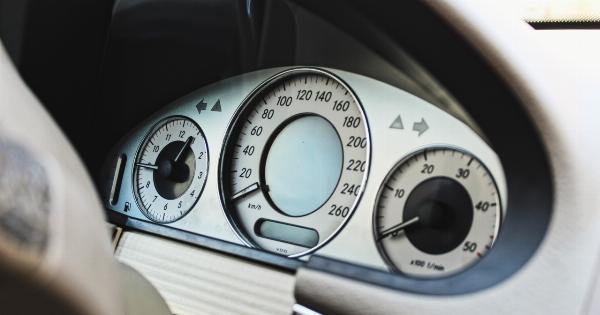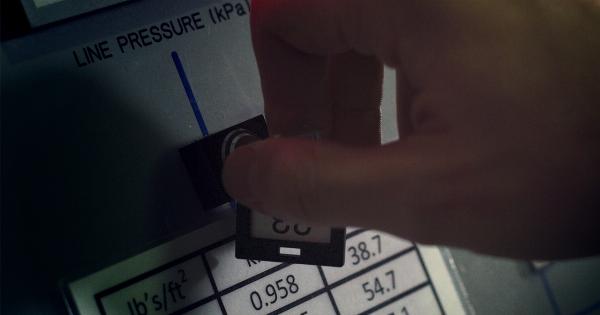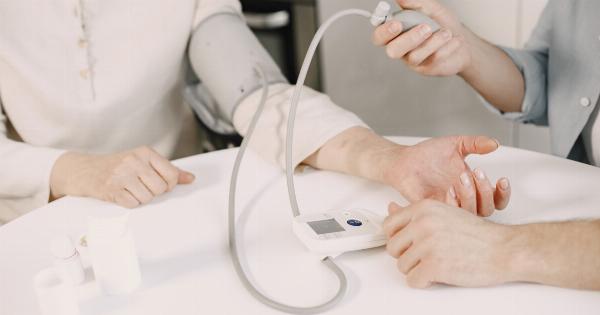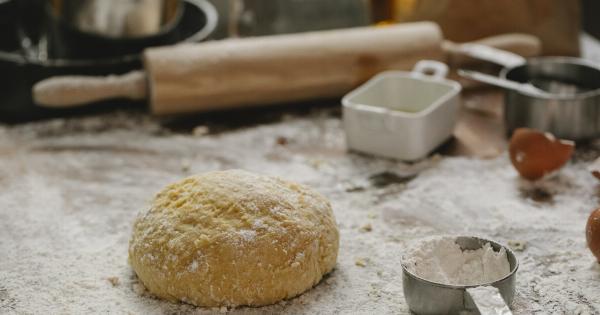When it comes to pressure measurement, proper preparation plays a crucial role in obtaining accurate and reliable results.
Whether you are measuring pressure in a laboratory setting or implementing it in an industrial process, following certain guidelines can ensure the integrity of your measurements. In this article, we will discuss five essential tips for preparing for pressure measurement to help you achieve the best possible outcomes.
1. Understand the Pressure Measurement Unit
Before you begin any pressure measurement task, it is important to familiarize yourself with the unit of measurement you are working with.
There are several units of pressure measurement, including pounds per square inch (psi), pascals (Pa), bars, and many more. Understanding the unit and its conversion factors will enable you to make accurate and meaningful measurements.
2. Calibrate and Verify Equipment
Prior to commencing pressure measurements, ensure that your equipment is properly calibrated. Calibration involves comparing the output of your pressure measuring device against a known standard.
Regular calibration is essential to maintain the accuracy and reliability of your equipment. Additionally, verify that the equipment is in good working condition, with no signs of damage or wear.
3. Consider Ambient Conditions
Ambient conditions can significantly impact pressure measurements. Factors such as temperature, humidity, and atmospheric pressure can introduce errors if not taken into account.
It is important to measure and record these conditions during your pressure measurements. If necessary, apply appropriate corrections to your data based on the ambient conditions to ensure accuracy.
4. Prepare the Pressure Source
If you are using a pressure source to create the desired pressure, proper preparation is crucial. Ensure that the pressure source is clean, free from leaks, and properly calibrated.
It is also advised to use the appropriate fittings and connections to minimize any potential errors or leaks in the system. Taking these precautions will help you achieve accurate and repeatable pressure measurements.
5. Follow Safety Procedures
Pressure measurement often involves working with potentially hazardous substances or equipment. Always prioritize safety and follow the necessary safety procedures before, during, and after measurement tasks.
Wear appropriate personal protective equipment (PPE), such as gloves and safety glasses, and ensure you are familiar with emergency response protocols. Safety should be the top priority to prevent accidents and injuries.
By following these five essential tips for preparing for pressure measurement, you can significantly improve the accuracy and reliability of your results.
Proper understanding of measurement units, calibration of equipment, consideration of ambient conditions, preparation of the pressure source, and adherence to safety procedures are the key elements for successful pressure measurements. Remember, accurate pressure measurements are essential in various industries, including manufacturing, research, and quality control.



